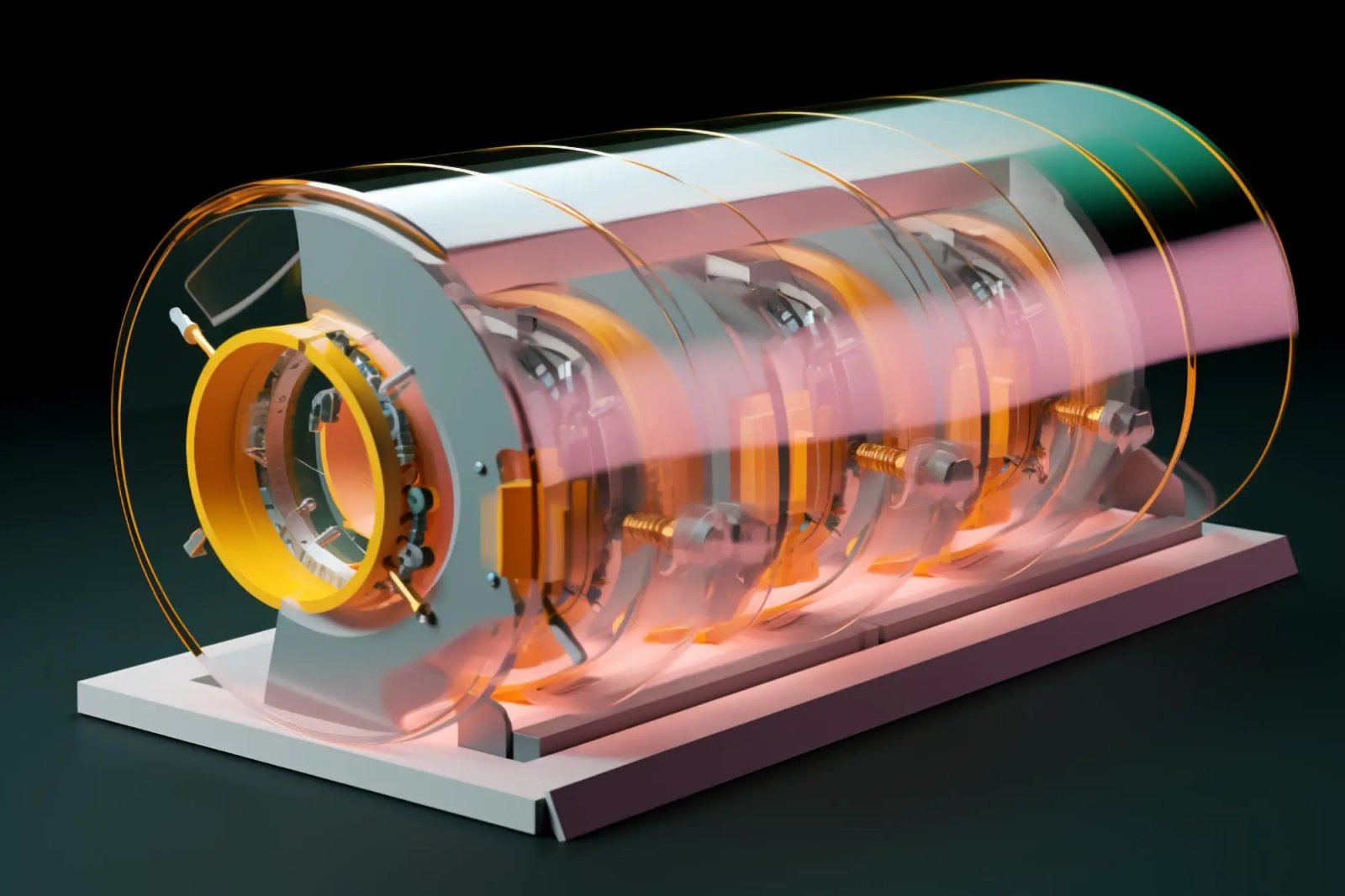Final 12 months, Monash College scientists created the “DishBrain” – a semi-biological pc chip with some 800,000 human and mouse mind cells lab-grown into its electrodes. Demonstrating one thing like sentience, it realized to play Pong inside 5 minutes.
The micro-electrode array on the coronary heart of the DishBrain was succesful each of studying exercise within the mind cells, and stimulating them with electrical indicators, so the analysis crew arrange a model of Pong the place the mind cells had been fed a transferring electrical stimulus to signify which aspect of the “display” the ball was on, and the way far-off from the paddle it was. They allowed the mind cells to behave on the paddle, transferring it left and proper.
Then they arrange a really basic-reward system, utilizing the truth that small clusters of mind cells are inclined to attempt to reduce unpredictability of their atmosphere. So if the paddle hit the ball, the cells would obtain a pleasant, predictable stimulus. But when it missed, the cells would get 4 seconds of completely unpredictable stimulation.
It was the primary time lab-grown mind cells had been used this fashion, being given not solely a strategy to sense the world, however to behave on it, and the outcomes had been spectacular.
A scanning electron microscope picture of DishBrain neurons rising on an array of electrodes Cortical Labs
Spectacular sufficient that the analysis – undertaken in partnership with Melbourne startup Cortical Labs – has now attracted a US$407,000 grant from Australia’s Nationwide Intelligence and Safety Discovery Analysis Grants program.
These programmable chips, fusing organic computing with synthetic intelligence, “in future might ultimately surpass the efficiency of present, purely silicon-based {hardware},” says challenge lead, Affiliate Professor Adeel Razi.
“The outcomes of such analysis would have important implications throughout a number of fields similar to, however not restricted to, planning, robotics, superior automation, brain-machine interfaces, and drug discovery, giving Australia a big strategic benefit,” he stated.
A microscope picture of neurons inside DishBrain, with cells highlighted utilizing fluorescent markers Cortical Labs
The DishBrain’s superior studying capabilities, in different phrases, might underpin a brand new era of machine studying, notably when embodied in autonomous autos, drones, and robots. It might give them, says Razi, “a brand new kind of machine intelligence that is ready to be taught all through its lifetime.”
The know-how guarantees machines that may proceed to be taught new talents with out compromising outdated ones, that may adapt effectively to alter, and that may map outdated information onto new conditions – whereas regularly self-optimizing their use of computing energy, reminiscence and vitality.
“We can be utilizing this grant,” says Razi, “to develop higher AI machines that replicate the educational capability of those organic neural networks. This can assist us scale up the {hardware} and strategies capability to the purpose the place they grow to be a viable substitute for in silicon computing.”
Phenomenal stuff.
Supply: Monash College



